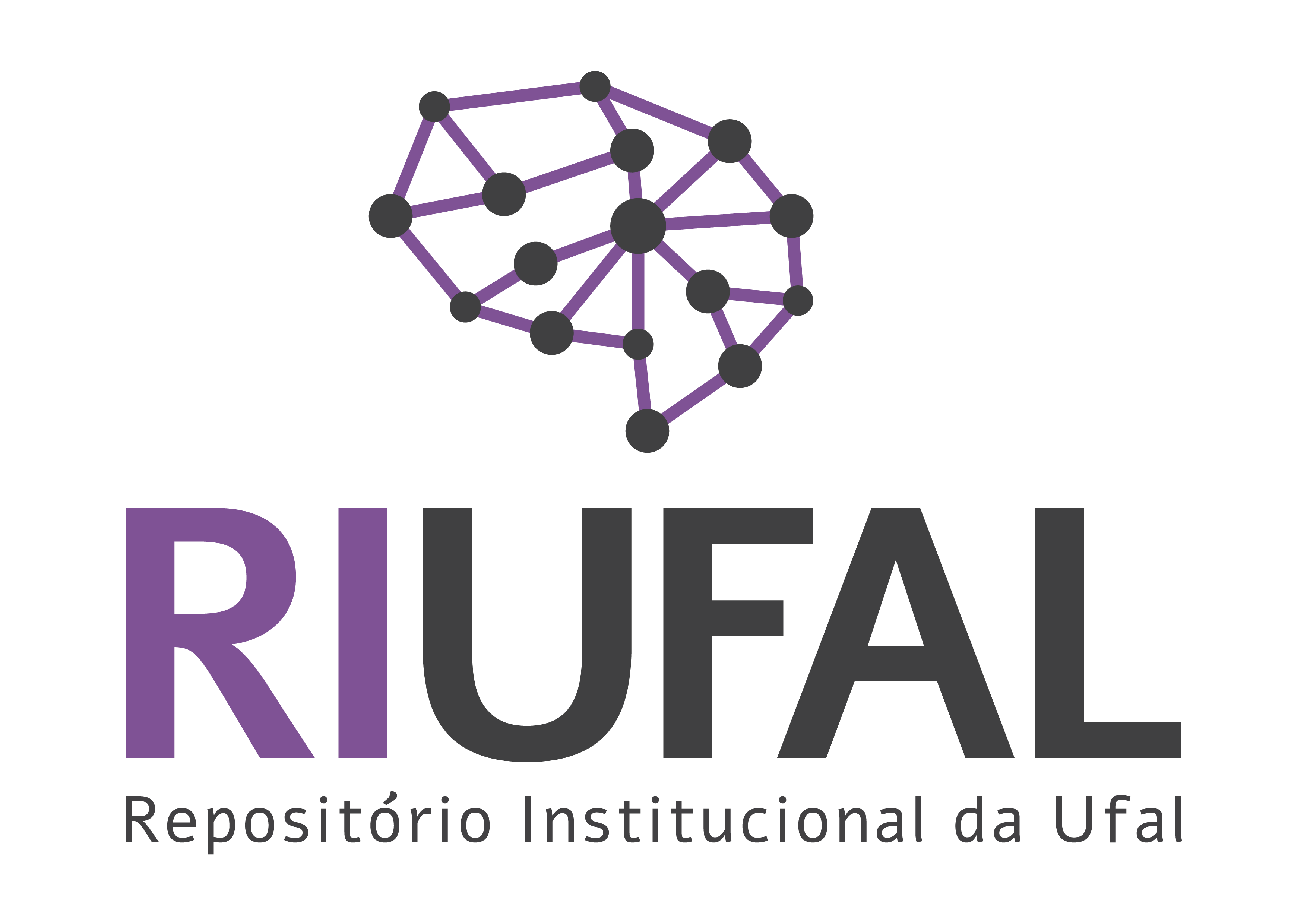Use este identificador para citar ou linkar para este item:
http://www.repositorio.ufal.br/jspui/handle/123456789/15575| Tipo: | Dissertação |
| Título: | Evaluating the impact of EDFA response modeling in the optical network QoT estimation |
| Título(s) alternativo(s): | Avaliação do impacto da modelagem de resposta EDFA na estimativa de QoT da rede óptica |
| Autor(es): | Silva, Allan Amaro Bezerra da |
| Primeiro Orientador: | Barboza, Erick de Andrade |
| metadata.dc.contributor.referee1: | Araújo, Ícaro Bezerra Queiroz de |
| metadata.dc.contributor.referee2: | Bastos Filho, Carmelo José Albanez |
| Resumo: | Ausente |
| Abstract: | Estimating the quality of transmission (QoT) in optical networks is a key metric for planning, managing, and optimizing networks. QoT estimation depends on good modeling of the internal components of the optical link to accurately simulate transmission and consequent signal degradation. The amplifier is a source of noise and signal distortion; therefore, amplifier modeling plays a crucial role in the estimation of QoT. We present an evaluation of the impact of different amplifier models on the estimation of QoT in four single-link scenarios and two optical network topologies. We based our simulation on GNPy, a QoT estimator widely used to simulate and optimize the design of optical networks. Our main contributions are: (1) a new version of the GNPy in which the amplifier can be modeled using a power mask; (2) a benchmark considering GNPy’s advanced amplifier model (Advanced Model) and the estimator based on a numerical simulator that uses power masks with real-world amplifier data (Power Mask Model); and (3) an analysis of the impacts in the network QoT for each amplifier model. The results show that, considering single link scenarios, the Power Mask Model achieved better approximations to the OptiSystem simulator used as a benchmark, presenting a good advantage over the Advanced Model. In the network scenarios, the results show that the Advanced Model tends to deliver more optimistic and flat estimates even in cases of high tilt, whereas the Power Mask Model is more sensitive to transmission noise in these cases, estimating lower GSNR and transmission rates, including several cases of connection blocking. The findings of this study may be useful to optical network researchers and operators who want to have more flexible network management and optimization through simulations and software-controlled networks. |
| Palavras-chave: | Redes ópticas Telecomunicações Amplificador óptico Simulação (Computadores) Máscara de potência Telecommunications Optical Networks Simulation Optical Amplifier Power mask |
| CNPq: | CNPQ::CIENCIAS EXATAS E DA TERRA::CIENCIA DA COMPUTACAO |
| Idioma: | eng |
| País: | Brasil |
| Editor: | Universidade Federal de Alagoas |
| Sigla da Instituição: | UFAL |
| metadata.dc.publisher.program: | Programa de Pós-Graduação em Informática |
| Citação: | SILVA, Allan Amaro Bezerra da. Evaluating the impact of EDFA response modeling in the optical network QoT estimation. 2025. 69 f. Dissertação (Mestrado em Informática) –Instituto de Computação, Programa de Pós-Graduação em Informática, Universidade Federal de Alagoas, Maceió, 2024. |
| Tipo de Acesso: | Acesso Aberto |
| URI: | http://www.repositorio.ufal.br/jspui/handle/123456789/15575 |
| Data do documento: | 28-mai-2024 |
| Aparece nas coleções: | Dissertações e Teses defendidas na UFAL - IC |
Arquivos associados a este item:
| Arquivo | Descrição | Tamanho | Formato | |
|---|---|---|---|---|
| Evaluating the impact of EDFA response modeling in the optical network QoT estimation.pdf | Evaluating the impact of EDFA response modeling in the optical network QoT estimation | 2.01 MB | Adobe PDF | Visualizar/Abrir |
Os itens no repositório estão protegidos por copyright, com todos os direitos reservados, salvo quando é indicado o contrário.
